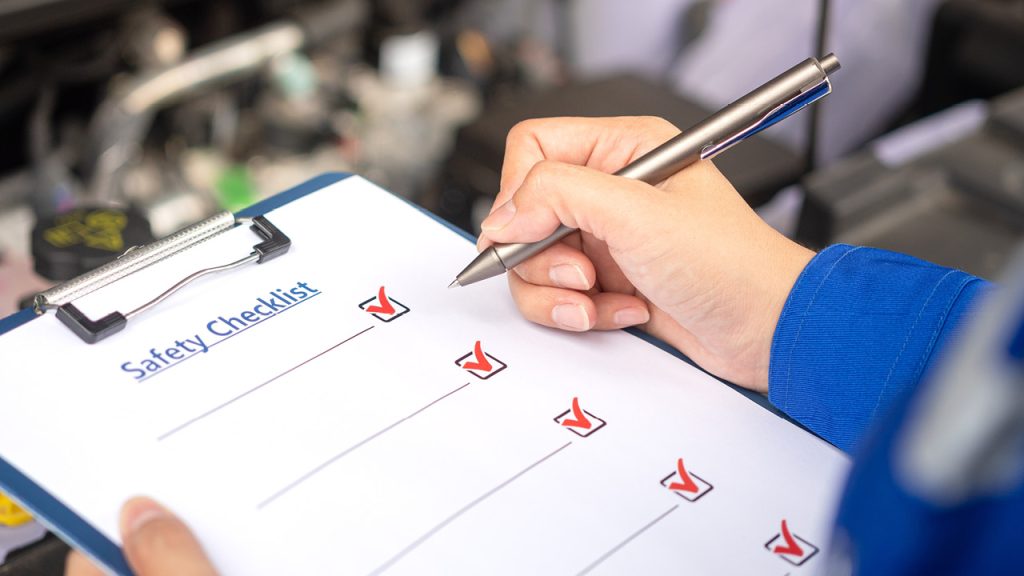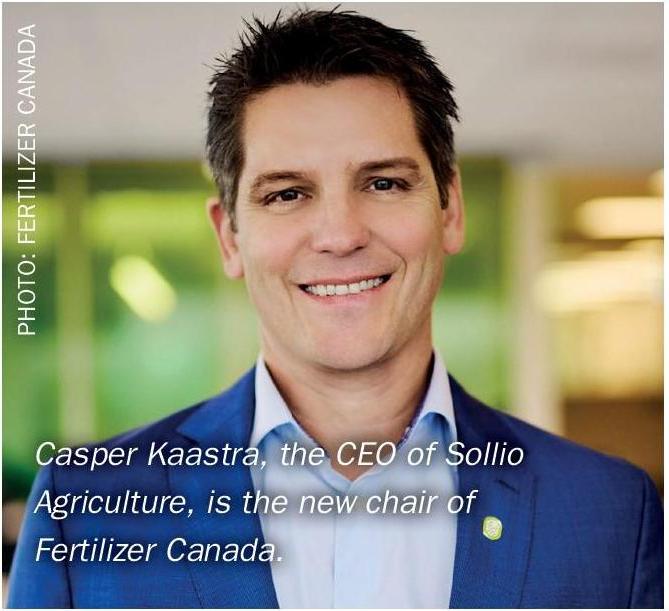Nitrogen+Syngas 398 Nov-Dec 2025

19 November 2025
70 years of the Ammonia Safety Symposium
AMMONIA SAFETY
70 years of the Ammonia Safety Symposium
Venkat Pattabathula of SVP Chemical Plant Services, Taylor Archer of Clariant and Seshu Dharmavaram of Air Products, all AIChE Ammonia Safety Committee members, look back at some of the key lessons learned from the Symposium’s 70 year history.
The AIChE Ammonia Safety Symposium began in 1956 in Boston, MA, and over the subsequent seven decades it has become a cornerstone for sharing safety knowledge across the ammonia industry. Unlike many other sectors, ammonia producers and technology suppliers have consistently shared incident information and lessons learned, and that open exchange has materially contributed to the industry’s strong safety record.
Originally held as part of AIChE’s annual meeting, the symposium grew in size and scope until it became a standalone event in 1992, reflecting both its success and expanding global participation. The Ammonia Safety Committee, established in 1958, now comprises 16 members drawn from operating companies, engineering firms, catalyst vendors and technology providers; the committee is responsible for planning the symposium, overseeing technical content and arranging publication of the proceedings. A historical table of symposium meetings documents this evolution and the growing international footprint of the event.
The symposium’s first technical manual was published in 1959, compiling the papers and round table discussions of that year. Volumes were numbered sequentially thereafter, with some gaps in the early 1980s; publication resumed in 1983 with Volume 24. Electronic archives compiling papers from the symposium’s first 50 years and then the first 60 years were made available at the Toronto (2005) and Boston (2015) symposia respectively, and the archive was expanded at later meetings to improve access to historical content.
Attendance at the symposium has grown substantially and become more international: by 2024 (San Diego), roughly half of participants came from outside North America. Notable international symposia include the 2013 meeting in Frankfurt, Germany, which celebrated 100 years of commercial ammonia production and included a tour of BASF’s Ludwigshafen plant, and the 2023 meeting in Munich, Germany, which was organised specifically to increase European participation and enjoyed strong attendance and engagement.
Incident reporting and lessons learned
A consolidated table of safety incidents from the past decade (2015–2024) highlights recurring themes and reinforces the value of shared experience for preventing recurrence (see Table 1). The symposium continues to provide a platform for technical papers, round table exchanges and awards, all of which foster a culture of continuous improvement and collaborative learning across the industry.
Special awards
Over the decades the AIChE Safety and Health Division (now the Process Safety Division) and the Ammonia Safety Symposium Committee have honoured individuals who made exceptional contributions to ammonia safety, technology and industry advancement. The Norton H. Walton / Russell L. Miller Award was presented in 1995 at Tucson, Arizona to Guy S. LeGendre in recognition of outstanding achievements in loss prevention, safety and health; Guy S. LeGendre was a former programme chair, and enjoyed a distinguished career at Monsanto. The award is named in honour of Norton H. Walton, the first programme chair of the symposium. The Ammonia Safety Committee Distinguished Service Awards have similarly recognised leaders including Hays C. Mayo (1999, Seattle, Washington) for pioneering centrifugal compressor technology, Anders Nielsen (2000, Tucson, Arizona) for lifelong contributions to catalyst research at Haldor Topsoe, and Max Appl (2002, Montreal, Canada) for leadership in ammonia safety and technology innovation during a career at BASF’s Ludwigshafen site. In recognition of service to the global ammonia community, all past members of the AIChE Ammonia Safety Committee have been honoured with plaques.
Incident documentation
A comprehensive listing of incidents presented at milestone symposia includes those from 1956–2004 (compiled for the 50th anniversary symposium in Toronto, 2005), from 2005–2014 (presented at the 60th symposium in Boston, 2015), and from 2015–2024 (presented at the 70th symposium in Atlanta, 2025). These compilations provide a valuable historical resource for engineers, operators and safety professionals.
The following summaries from 2015-2024 describe notable incidents from the last decade and the principal lessons the industry derived from each event:
Ammonia plant compressor house fire (6 May 2014)
A disconnection of a 12.7 mm (½inch) instrument tube attached to a differential pressure transmitter on an ammonia plant’s synthesis compressor’s fourth stage led to a jet fire with an approximate flame length of 10 metres. The event was classified as a Tier 1 loss of primary containment; it resulted in 60 days of shutdown and damage to synthesis and refrigeration compressors, piping insulation, instrumentation, electrical cabling and the compressor room structure, with an estimated cost in excess of $2 million. Contributing factors included improper thread fitting, poor tube arrangement and securing, possible human error during scaffold removal and physical damage to the tubing. The fire was controlled within an hour by the plant fire station and neighbouring petrochemical fire departments. Lessons included installing mist spray systems inside compressor rooms, increasing the number and capacity of foam fire extinguishers, adding low-pressure steam spray nozzles to suppress small fires and developing a fire action plan specific to compressor rooms.
Overfiring of a primary reformer (early 2015)
During a hot restart at a South American ammonia plant, excessive firing intensity exceeded the technology licensor’s recommended limits and caused multiple catalyst tube ruptures, an immediate plant trip and damage to reformer tubes and furnace internals. The absence of automated protection against overfiring was identified as a key deficiency. The root cause analysis combined metallurgical examination with DCS data analysis and comparisons against simulation-derived allowable parameters. Industry lessons emphasised implementing automated overfiring protection systems with multiple safeguards, ensuring operator training on the hazards of reformer startup and promoting inherently safer furnace management approaches.
Fire in a synthesis loop (5 November 2017)
A spool piece rupture at a dissimilar weld joint in an ammonia plant synthesis loop piping caused a fire that was controlled within 15 minutes; equipment, piping, instruments, cables and insulation sustained damage, and full plant restoration was achieved by 30 November 2017. Investigations revealed incorrect pipe material (LTCS A333 Grade 6 used instead of ASTM A335 Grade P22), incorrect filler weld metal (a P11-type electrode used instead of the correct P22-type), defective welds with lack of fusion at the root pass and increased susceptibility to high temperature hydrogen attack (HTHA) owing to the material mismatch and weld imperfections. Recommended actions included using correct materials for high temperature hydrogen service in accordance with API RP 941, validating operating conditions against HTHA susceptibility curves, performing positive material identification for all site sourced materials, treating design changes during outages as stop-job hold points, and improving inspection methods and frequencies to detect early signs of HTHA.
Mixed feed crossover piping rupture (10 November 2017)
A Trinidad and Tobago ammonia plant with a capacity of 1,850 t/d experienced a Tier 1 process safety incident involving multiple fires and explosions in and under the primary reformer radiant box, rupture of mixed feed crossover piping and associated risers and outlet header tees, and damage to tunnel walls; no injuries were reported. The root cause was hot/solidification cracking of the longitudinal weld seam that had formed during manufacture; improper weld geometry produced uneven thermal gradients and initiated crack formation. Lessons included implementing additional nondestructive examination requirements for new pipe procurement, performing NDE on existing piping operating in the creep region, conducting engineering reviews of reforming sections to enhance safeguards against reverse flow and reviewing all high temperature/high pressure piping for similar material vulnerabilities.
Secondary reformer outlet header line rupture (17 February 2022)
At the Dyno Nobel ammonia plant, Waggaman, Louisiana, a transfer line rupture between the secondary reformer and the waste heat boiler produced a flash fire that damaged nearby instrumentation and structure; no injuries were reported. The failure was attributed to overheating of the shell caused by refractory degradation and consequent development of process gas flow behind the degraded liner. Key lessons were to implement a robust mechanical integrity programme for pressure equipment, ensure that design and construction controls serve as primary safeguards and recognise that process and inspection controls offer limited additional integrity when the underlying design is flawed.
Fire beneath a reformer furnace
Following a turnaround at a hydrogen plant, a loss of containment from a radiant section process gas tube resulted in a fire that damaged instrumentation, actuators, refractory and furnace structure; no injuries occurred and the fire was safely extinguished. The root causes included improper flange tightening, a quality control failure that did not detect a compromised enclosure and a gasket design with a high relaxation rate that masked leaks during nitrogen checks. Lessons learned emphasised training for critical maintenance tasks such as bolting radiant tube flanges, auditing contractor work to ensure compliance with company standards, following written guidelines for engineering reviews and management of change (MOC) processes, and adopting self-centring gaskets while avoiding corrugated metalcore gaskets in raised face flanges.
Syngas compressor oil tank explosion (27 April 2017)
An explosion of an ammonia syngas compressor oil tank occurred following a power outage; the blast damaged compressor stages, the turbine and the oil system, but caused no injuries. The investigation identified two independent but coincident failures: removal of a pressure switch on a nitrogen compressor suction side (likely during a 2010 PLC upgrade) and a leak in the fourth-stage compressor end lid, possibly due to a corroded plug in an oil channel, which allowed process gas to mix with lubricating oil. Lessons included revalidating HAZID and HAZOP studies for older plants, designing for inherent safety and implementing high integrity safety instrumented systems, and maintaining strict configuration control during upgrades and modifications.
Summary
Over the past 70 years the AIChE Ammonia Safety Symposium has proven to be central to the advancement of safety in ammonia production. Through more than 1,700 technical papers, roundtable discussions and the open sharing of lessons learned, the symposium has fostered a culture of transparency, collective learning and continuous improvement. The commitment of companies and individuals to invest in safety knowledge and collaboration has helped make ammonia production one of the safer sectors within chemical processing. As the industry continues to evolve, the symposium must remain a platform for vigilance, innovation and global cooperation to ensure that safety remains at the heart of ammonia production for the next 70 years and beyond.




